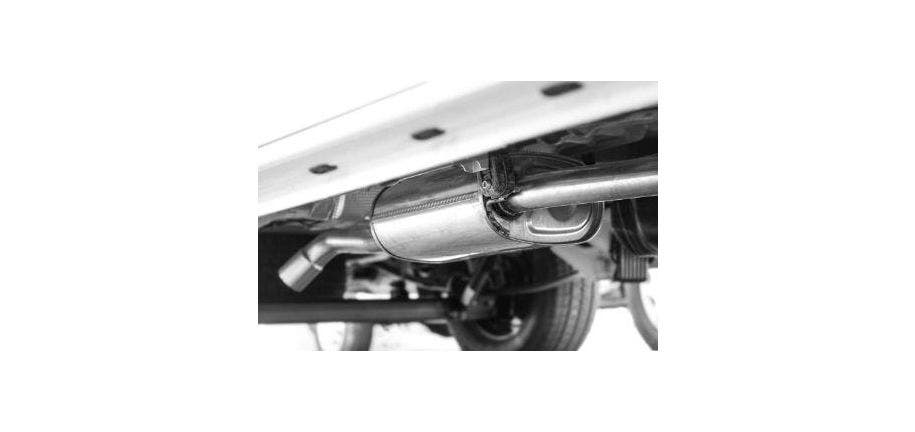Ever hit the stoplight and feel your car stutter like a karaoke newbie? Or maybe your engine revs like a race car when idling at the grocery store checkout? These, my friends, are potential signs of a bad idle air control valve (IAC), the unsung hero of smooth engine idling. Don't panic! Let's unravel the mystery of the IAC and learn how to spot the symptoms of a malfunctioning valve, so you can get back to cruising with confidence.
Idle Control Sensor 101:
Think of the IAC as your engine's air conditioner for idle speed. It regulates the amount of air bypassing the throttle valve, keeping your engine purring smoothly at low speeds. A healthy IAC valve maintains a consistent idle, regardless of whether you're stopped at a light or inching through traffic.
Bad IAC Valve Symptoms: The Telltale Signs of Trouble:
- Rough Idle: The most common culprit, you'll feel your engine vibrate and chug like a boat hitting choppy waters.
- High Idle: Stuck open, the IAC valve lets in too much air, causing your engine to rev like a teenager with a new sound system.
- Stalling: If the valve lets in too little air, your engine might sputter and die at stoplights or during gear changes.
- Hard Starts: A faulty IAC can make starting your car feel like a wrestling match, requiring multiple cranking attempts.
- Check Engine Light: This amber alarm often triggers alongside other IAC valve symptoms, urging you to investigate further.
Diagnosing a Bad IAC Valve
While some IAC valve issues can be diagnosed with a simple cleaning, others require professional attention. Consult your mechanic or use an OBD-II scanner to identify specific trouble codes related to the IAC valve.
Bonus Tip: Regular engine maintenance, including air filter cleaning and throttle body cleaning, can help prevent IAC valve problems and keep your engine running like a dream.


How to Test an Idle Air Control Valve
1. Gather Your Tools:
- OBD-II Scanner: Reads trouble codes to narrow down the issue.
- Digital Multimeter: Measures electrical resistance to assess the valve's functionality.
- Carburetor Cleaner: Cleans carbon buildup in some cases.
- Socket Wrench or Screwdriver: Removes the IAC valve for inspection.
- Safety Gear: Eye protection and gloves are always recommended.
2. Locate the IAC Valve:
- Consult your vehicle's repair manual or search online for its exact location, as it varies depending on the make and model.
- It's typically found on or near the throttle body.
3. Check for Visual Clues:
- Inspect the valve for any cracks, loose connections, or obvious damage.
- Look for oil or coolant leaks around the valve, indicating potential issues.
4. Test Electrical Resistance:
- Disconnect the electrical connector from the IAC valve.
- Use the multimeter to measure the resistance between the two pins on the valve.
- Compare the reading to your vehicle's specifications (found in the repair manual).
- A reading outside the specified range suggests a faulty valve.
5. Listen for Clicking Sounds:
- With the engine running, carefully place your ear near the IAC valve.
- A healthy valve typically makes a soft clicking sound as it adjusts air intake.
- If you hear no clicking or irregular sounds, it could signal a problem.
6. Inspect for Carbon Buildup:
- In some cases, carbon deposits can clog the IAC valve, hindering its function.
- Remove the valve and spray it with carburetor cleaner to clear any buildup.
7. Use an OBD-II Scanner:
- Connect the scanner to your vehicle's diagnostic port.
- Check for any trouble codes related to the IAC valve or idle control system.
- These codes can provide valuable clues for diagnosis.
Can You Continue Driving with a Bad Idle Air Control Valve?
While technically you can continue driving with a bad idle air control valve (IAC) in some cases, it's not recommended for several reasons. A faulty IAC can cause unexpected stalling, especially at stoplights or while changing gears. This can be dangerous, especially in heavy traffic or when making turns. In some cases, a malfunctioning IAC can lead to a high idle, causing the engine to rev uncontrollably. This can increase wear and tear on engine components and make braking more difficult. Plus, a bad IAC can cause the engine to run rich or lean, impacting fuel economy and potentially even harming the environment.
Therefore, while driving with a bad IAC might be possible for short distances in mild situations, it's ultimately not advisable. The potential risks for your safety, engine performance, and wallet outweigh the short-term convenience.
Instead, it's best to get your IAC valve checked and repaired as soon as possible. This can help prevent further damage and ensure a smooth, safe driving experience.
Fixing the Fizzle: Your Repair Options:
- Cleaning: If the valve is simply clogged with grime, a thorough cleaning might be all it needs to regain its mojo.
- Replacement: In cases of severe damage or malfunction, replacing the IAC valve is the best option.
PartsHawk to the Rescue!
No matter your repair needs, PartsHawk is your one-stop shop for all things IAC valve! They offer a wide selection of high-quality replacement valves, cleaning kits, and tools at competitive prices. Plus, their expert advice and easy online ordering make the process a breeze.
Remember: A neglected IAC valve can lead to more significant engine problems down the road. So, don't ignore those engine hiccups! Listen to your car's whispers, decipher the IAC valve's symptoms, and get it checked out. With a little TLC and PartsHawk as your ally, you'll be cruising with a smooth, steady idle in no time!






























